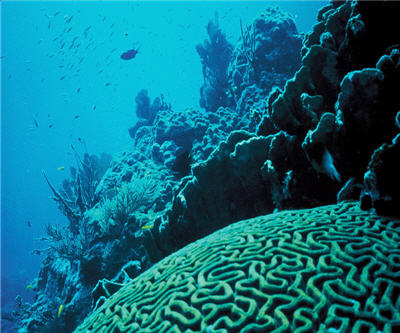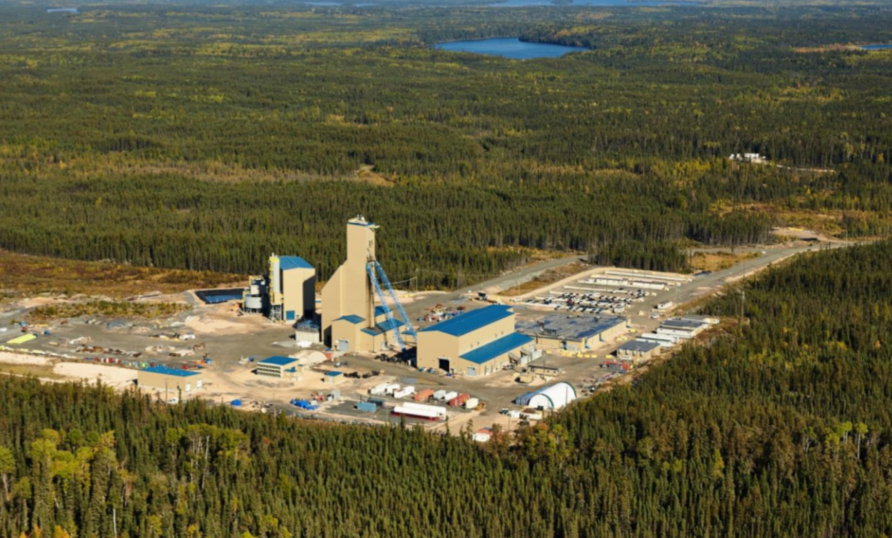Japan Times: China raises spectre of undersea mining with world’s deepest diving submersible

The prospect of mining the ocean floor may seem far-fetched, but China, motivated by its insatiable hunger for resources, has opened its eyes to the idea. According to a story in The Japan Times, China will attempt to plunge the Jialong – the world’s deepest-diving manned submersible – 5,000 metres below the surface of the Pacific Ocean between Hawaii and North America, exceeding the craft’s previous depth of 3,759 metres.
If successful, the Jialong, which has a titanium hull made to withstand extreme water pressure, will attempt to dive to 7,000 metres in 2012, making it capable of reaching the bottom of almost all the world’s seas, according to the story:
China says one of its main aims is to be in prime position to explore and exploit what experts say is a treasure trove of trillions of dollars of gold, copper, lead, zinc, nickel, manganese, cobalt, iron and other minerals in rich reserves on the seabed of the ocean, which covers more than two-thirds of Earth’s surface with an average depth of 4,000 metres.
Japan Times reports that the International Seabed Authority, with regulates mining in international waters, is meeting next week in Kingston, Jamaica to consider approving four applications deep-sea mineral exploration. The applications are from China, Russia, Nauru and Tonga.
TSX and AIM-listed Nautilus Minerals is currently the only company with the technology for undersea mining. The firm is currently exploring for polymetallic seafloor massive sulphide deposits in the territorial waters of Papua New Guinea. Nautilus completed a 99-hole drilling program in May, but the next month cancelled a proposed capital raising due to adverse market conditions.
On July 4 MINING.com reported on a team of Japanese scientists that have found large quantities of rare earth minerals on the bottom of the Pacific Ocean. The team looked at 78 sites throughout the eastern South and central North Pacific ranging in depths of 3,500 to 6,000 metres:
“We estimate that an area of just one square kilometre, surrounding one of the sampling sites, could provide one-fifth of the current annual world consumption of these elements,” wrote Yasuhiro Kato, lead author of the study and an associate professor of earth science at the University of Tokyo.
Reuters reported that an underwater bonanza of rare earth deposits discovered by Japanese scientists poses little threat to miners already developing major rare earth projects on solid ground.
Analysts said that companies such as Molycorp, Lynas and Avalon Rare Metals may rest assured that developing the offshore bounty could take decades and cost billions, making it little more than a pipe dream.
More News
{{ commodity.name }}
{{ post.title }}
{{ post.date }}

Comments